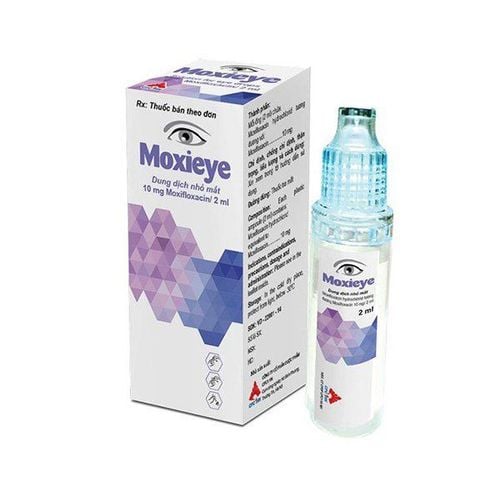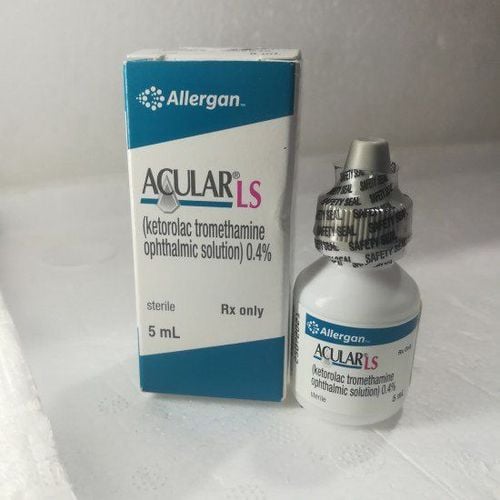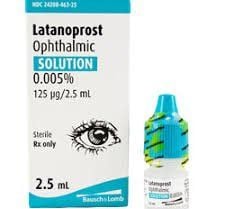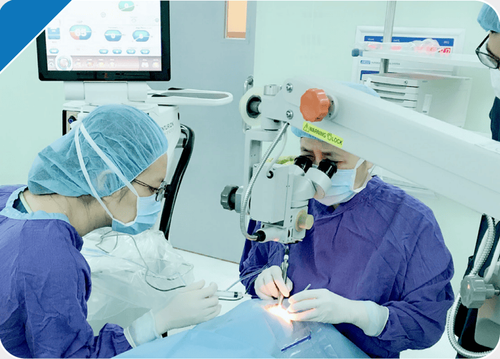This is an automatically translated article.
The article is professionally consulted by Master, Doctor Hoang Thanh Nga - Department of Medical Examination and Internal Medicine - Vinmec Ha Long International Hospital. The doctor has 10 years of experience in the field of ophthalmology.The lens is a transparent part of the eye that helps focus light onto the retina. If for some reason the lens is no longer transparent and becomes opaque, it will prevent light from passing through, causing blurred vision, causing cataracts. Phaco surgery (Phacoemulsification) is considered the optimal solution to help restore vision for patients with vision loss due to cataracts.
1. Overview of artificial glass
In the early stages of cataracts, patients will have blurred vision because only part of the lens is affected. But when cataracts develop, causing serious vision loss, the doctor will recommend the patient to perform Phaco surgery to replace the artificial lens.1.1 What is an artificial lens? The Intraocular lens is a very small intraocular lens designed to fit the human eye to replace the affected natural lens in people with vision problems. .
During Phaco surgery, the natural lens that is cloudy will be crushed and sucked out, then replaced with an artificial lens.
1.2 Classification of artificial lenses Artificial lenses are classified into 2 main types and each type has its own advantages and disadvantages:
Monofocal lens: Provides a fairly clear vision when looking at a distance. Patients still need to use glasses to support near vision or intermediate vision when performing activities such as reading, using computers, watching TV, using mobile phones... Multifocal lenses: Helping patients have relatively clear vision at near - medium - far distances without glasses or rarely need glasses. However, patients with multifocal lenses may experience visual disturbances such as halos, glare, poor color vision, reduced vision at night, difficulty in driving while driving. use computer. In other eyes, multifocal artificial lenses now mainly have 2 or 3 focal lengths, so they only maintain sharpness at 2-3 fixed distances, while longer distances still cause certain blur.
See more: Answering questions about Phaco surgery to treat cataracts
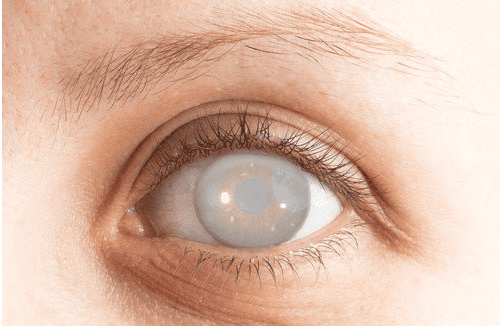
Khi đục thủy tinh phát triển khiến thị lực bị ảnh hưởng nghiêm trọng, bác sĩ sẽ đề nghị bệnh nhân thực hiện phẫu thuật Phaco thay thủy tinh thể nhân tạo
2. Types of artificial lenses used in Phaco . surgery
The artificial lens is considered to be the most important factor determining the quality of vision and recovery of patients after Phaco surgery. Currently on the market there are the following types of artificial lenses commonly used:Hoya PY-60R: Convenient design, easy to put in the patient's eye. Iflex crystallizers: made of premium biocompatible materials with a one-piece construction, sanded and carefully surfaced. IQ lens SN6WWF: effective against blue light rays that damage the retina, reducing aberrations. INFO and LUCIDIS lenses: both made of hydrophilic acrylic material (with 26% water), have a closed fork structure designed by EDOF technology to help stabilize and center well within the vitreous capsule. , increasing depth of field, creating a continuous distant field of view (near - far - intermediate) even when the pupil is small. These are considered to be two types of artificial lenses with the most similar adjustment ability to natural lenses. TORIC artificial lens: If only normal artificial lens is placed, after eye surgery, the eyes still have blurred vision or distorted vision because other lenses cannot correct astigmatism on the cornea. Particularly, Toric artificial lenses help correct corneal astigmatism and significantly improve distance vision, but in case of near vision, patients still need to wear glasses to support near vision like glasses. Some brands of Toric lenses are licensed to use, including: Acrysof IQ Toric, Tecnis Toric and Trulign Toric... To find out which type of IVF is suitable, patients should visit the clinic. ophthalmology clinic to be examined and consulted by a doctor according to your needs.
See also: Complications of vitreous capsule after phaco surgery

Để biết mình phù hợp với loại thủy tinh thể nhân tạo nào, người bệnh nên đến các bệnh viện chuyên khoa mắt để được bác sĩ khám và tư vấn
3. Why should perform Phaco surgery?
Cataracts are one of the leading causes of blindness in the world, most commonly occurring in middle-aged and elderly people. Patients with cataract often face vision loss, affecting quality of life and many other physical and mental activities such as reading, working, driving, playing sports, etc. ..v..However, cataracts are curable if detected and treated early. Currently, the most effective method to treat cataracts is surgery to replace the artificial lens (ie Phaco surgery). In general, Phaco surgery offers the following advantages:
Short implementation time (only 5-7 minutes). The incision is small so no stitches are needed. Less pain and no bleeding. Recovery time after surgery is fast, you can go home the same day. Correct most refractive errors (nearsightedness, astigmatism, farsightedness). Safety level, high success rate, few complications. Although lens replacement surgery brings vision to the patient, after surgery, the patient needs to pay attention to scientific eye care after surgery to protect healthy eyes.
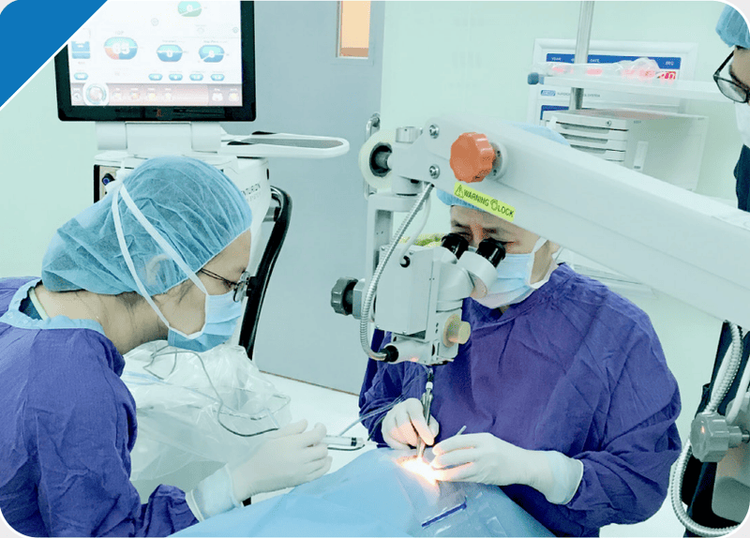
Phẫu thuật Phaco đem lại nhiều ưu điểm vượt trội như tỉ lệ thành công cao, ít biến chứng,...
Vinmec International General Hospital is one of the hospitals that not only ensures professional quality with a team of leading medical doctors, modern equipment and technology, but also stands out for its examination and consultation services. comprehensive and professional medical consultation and treatment; civilized, polite, safe and sterile medical examination and treatment space.
Please dial HOTLINE for more information or register for an appointment HERE. Download MyVinmec app to make appointments faster and to manage your bookings easily.




